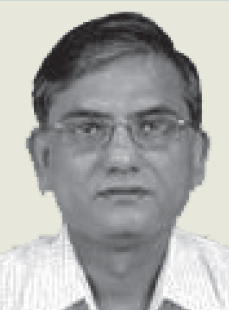Speaker

Abstract
Land use and land cover change research for global change science
Global Change scientific community has identified Land-use and land-cover change (LULCC) research as a key focus area due to its significant impacts on climate change, biogeochemical cycles, biodiversity, and water resources. LULCC are driven by changes in multi-scale interacting driving factors such as biophysical conditions of the land, demography, technology, affluence, political structures, economy, and people’s attitudes and values. These driving factors vary with space and time; therefore, LULCC is also heterogeneous both spatially and temporally. Therefore, improved representation of both spatial and temporal dimensions of LULCC is crucial for better understanding human influence on the natural environment. One of the first steps towards this goal is to accurately quantify contemporary and historical LULCC, in a spatially explicit way. During the last 100 years, LULCC in India has been manifested in terms of agricultural expansion at the expense of forests. This process continued until 1960s, when “Green Revolution”, for the first time, focused on enhancing agricultural production by means of new high-yielding varieties, extension of irrigation facilities, and use of fertilizers and pesticides. During 1960-1990, industrialization, agriculture expansion, deforestation and pollution have raised many issues of environmental concern. The recent focus on globalization of India’s economy, many fold enhancements of green house emissions, commercialization of agriculture, urbanization have new trajectories and pace in the LULCC processes. In this context, careful observation and mapping of LULCC using satellite data of high to medium spatial resolution is crucial for understanding the long-term usage patterns of natural resources and facilitating sustainable management to plan, monitor and evaluate development. Here we present national level LULC maps at decadal intervals for 1985, 1995 and 2005.